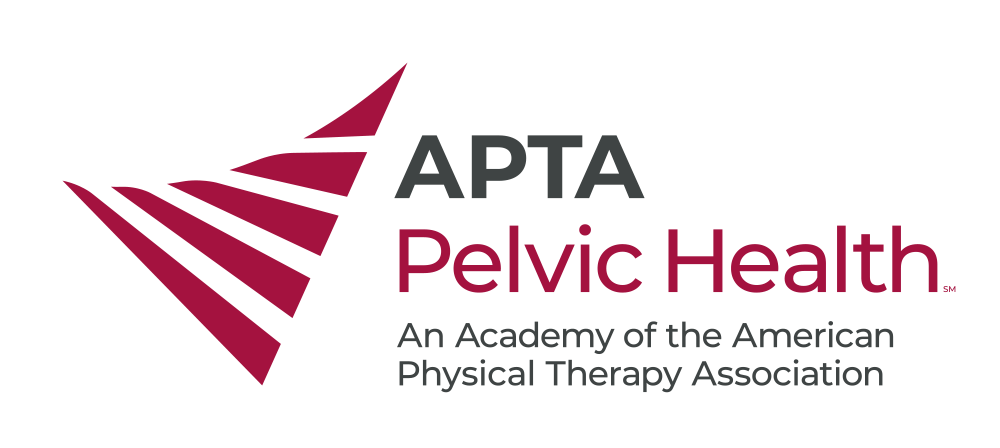A Survey Study: Confidence and Perceived Role of Physical Therapists
Purpose
This survey has been created by Rosalind Franklin University faculty and students. The purpose of the survey is to gather information regarding outpatient physical therapists’ perceived confidence and role in treating women that are pregnant and postpartum. In the survey we have listed multiple diagnoses and circumstances during which a woman may present to physical therapy. Our long term goal as researchers is to determine what accessibility to physical therapy is like for women that are pregnant/ postpartum. If there are gaps in accessibility, we would like to perform further research to determine why and what we could do as medical professionals to address them. This survey would stand as a basis for further research and hopefully assist in creating awareness of current treatment guidelines already established.
About the Study
Our study question is “What is the perceived role and confidence level of outpatient orthopedic physical therapists in treating patients who are presenting pre- and postpartum?” The purpose of this study is to evaluate the confidence and perceived role of physical therapists in treating patients who are presenting pre- and postpartum by using a series of questions within our survey.
Hypotheses
We have three hypotheses:
- Board-certified clinical specialists in Women’s Health will have greater levels of confidence compared to other specialties when treating patients who suffer from pregnancy specific diagnoses;
- Board-certified clinical specialists in Sports Physical Therapy will have greater levels of confidence compared to other specialties in prescribing a patient who is presenting postpartum return-to-sport program;
- Outpatient physical therapists with a board-certified clinical specialty will report their own specialty as being the most capable of treating the diagnoses listed in the survey for patients who are presenting pre- and postpartum.
We will gain knowledge regarding the confidence level and contributing factors of outpatient orthopedic physical therapists’ confidence when treating patients who are presenting pre- and post-partum.
These findings will serve to substantiate preliminary recommendations regarding treatment guidelines. Survey questions were generated based on prior literature and goals of the study, which include: confidence in treating patients who are presenting at different stages of pregnancy and postpartum; confidence in treating a patient who is presenting as a runner/athlete during pregnancy and postpartum; perceived role of specialties treating various conditions and various return-to-sport goals for patients who are presenting pre- and postpartum; general patient and other medical professionals’ awareness of physical therapy as a treatment option for this population; and identify areas of improvement in treating this patient population.
The survey is now closed.


